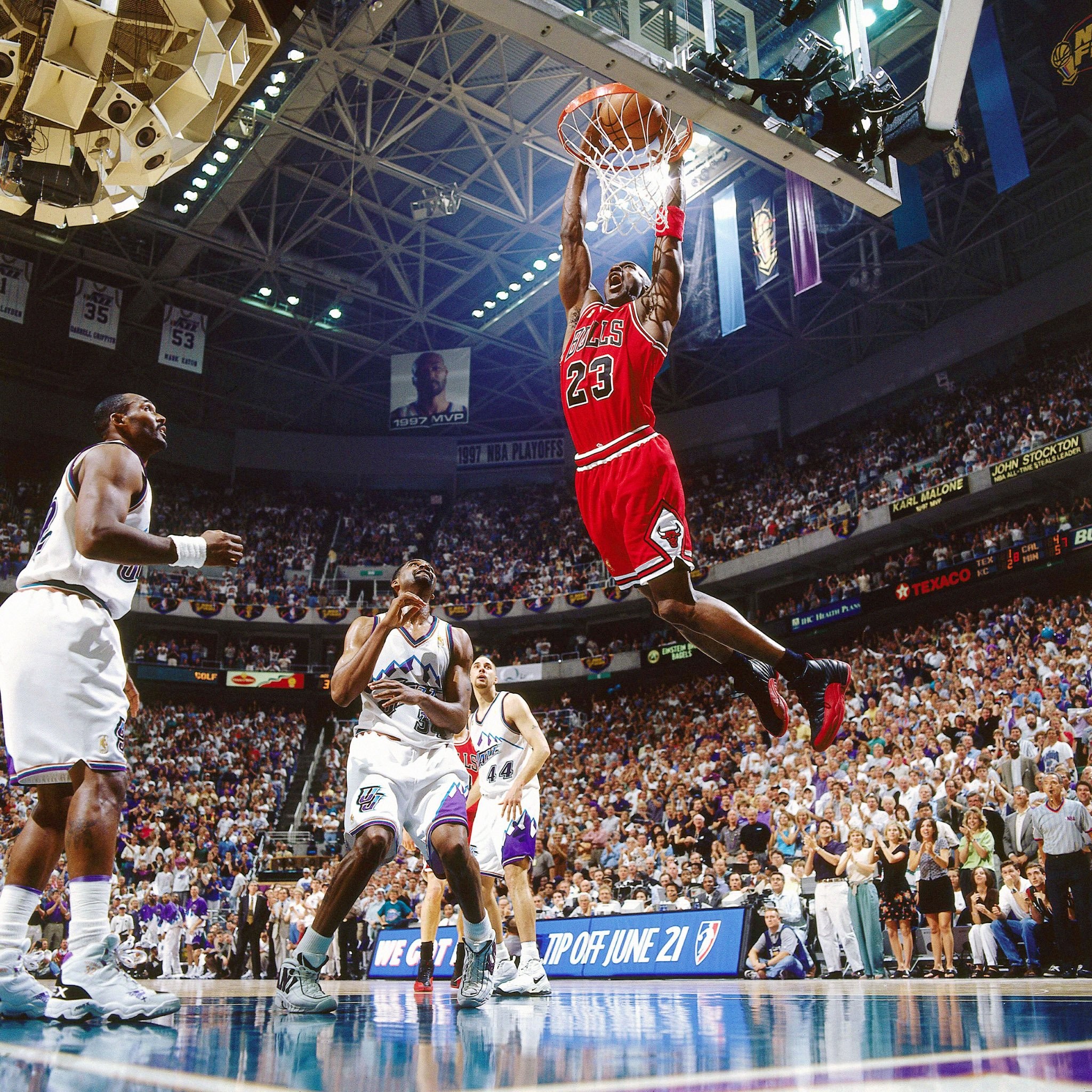Perching in Basketball Techniques: Perch In Basketball
Perching is a technique in basketball where a player positions themselves near the basket, waiting for an opportunity to receive a pass and score. It is a valuable skill for players who want to improve their scoring ability and create scoring opportunities for their teammates. There are several different techniques that can be used for perching, each with its own advantages and disadvantages.
Stationary Perching, Perch in basketball
In stationary perching, the player stands still near the basket, facing the hoop. They keep their feet shoulder-width apart and their knees slightly bent. The player’s arms are extended in front of them, ready to receive a pass. This technique is most effective when the player is close to the basket and there is no defender between them and the hoop.
Moving Perching
In moving perching, the player moves around the basket, looking for an open spot to receive a pass. They may use screens from their teammates to get open, or they may simply move into an open area. This technique is most effective when the player is able to find an open spot near the basket and there is no defender between them and the hoop.
Duck-In Perching
In duck-in perching, the player starts by facing away from the basket. They then quickly turn and face the basket, using their momentum to get open. This technique is most effective when the player is able to get open quickly and there is no defender between them and the hoop.
Advantages and Disadvantages of Perching Techniques
Each perching technique has its own advantages and disadvantages. Stationary perching is the easiest technique to learn, but it is also the least effective. Moving perching is more effective than stationary perching, but it is also more difficult to learn. Duck-in perching is the most effective technique, but it is also the most difficult to learn.
The best perching technique for a player will depend on their individual skills and the situation on the court. Players who are good at getting open and creating scoring opportunities should use moving perching or duck-in perching. Players who are not as good at getting open should use stationary perching.
Strategies for Defending Against Perching

Perch in basketball –
Defending against perching in basketball requires strategic positioning, teamwork, and quick reflexes. Teams and players can employ various strategies to effectively counter this tactic.
Double Teaming
Double teaming is a common strategy used to defend against perching. When a player attempts to perch, two defenders guard them simultaneously, making it difficult for them to receive the ball or shoot. This tactic is effective in limiting the player’s options and forcing them to make a quick decision. However, it can leave other areas of the court vulnerable, so it’s crucial to coordinate with teammates to prevent open shots.
Denying the Post
Denying the post involves positioning a defender between the perching player and the basket, preventing them from establishing a strong position. The defender uses their body to block the player’s path and make it difficult for them to receive passes. This strategy is effective in disrupting the player’s rhythm and preventing them from scoring easy baskets. However, it requires good footwork and anticipation from the defender.
Trapping
Trapping is a more aggressive strategy that involves two or more defenders closing in on the perching player and forcing them to make a mistake. The defenders cut off the player’s passing lanes and force them to either pass the ball or attempt a difficult shot. This tactic is effective in creating turnovers and preventing the player from getting into a comfortable position. However, it requires good communication and coordination among the defenders to avoid leaving gaps in the defense.
Perching in Basketball Training

Perching in basketball is a technique that can be difficult to master, but with the right training, it can be a valuable asset to any player’s game. A well-executed perch can give a player a significant advantage over their opponent, allowing them to gain position and create scoring opportunities. In this section, we will discuss the various aspects of perching training, including designing a training regimen, organizing drills and exercises, and creating a progression plan to track progress.
Design a Training Regimen
The first step in improving your perching skills is to design a training regimen that will help you develop the necessary strength, coordination, and balance. This regimen should include a variety of exercises that target the muscles used in perching, such as the legs, core, and back. It should also include drills that simulate game-like situations, so that you can practice executing the technique under pressure.
Organize Drills and Exercises
Once you have designed a training regimen, it is important to organize the drills and exercises in a way that will help you maximize your progress. This means starting with basic drills that focus on developing the fundamental skills of perching, and then gradually progressing to more complex drills that simulate game-like situations. It is also important to vary the drills and exercises so that you are constantly challenging yourself and improving your skills.
Create a Progression Plan
Finally, it is important to create a progression plan that will help you track your progress and identify areas for improvement. This plan should include specific goals that you want to achieve, such as being able to perch for a certain amount of time or being able to execute a certain type of perch. It should also include a timeline for achieving these goals, so that you can stay motivated and on track.
The perch, a high-flying aerial maneuver in basketball, requires exceptional athleticism and coordination. Similar to the perch, the pike, pike meaning basketball , involves the player jumping and extending their body horizontally while maintaining control of the ball. The perch, however, emphasizes the player’s ability to stay suspended in the air, showcasing their vertical leap and hang time.
In the realm of basketball, the art of “perching” requires the nimble agility of a bird of prey. As the player leaps, their body resembles a pike, its sharp snout piercing the water’s surface. Like the pike definition suggests, the player’s form is streamlined and predatory, their eyes fixed on the basket, their limbs poised to strike with precision.
The perch is a momentary suspension in time, a frozen ballet of athleticism, before the player descends with the ball, their victory secured.
In basketball, “perch” refers to a strategic position on the court where a player can receive the ball and make quick decisions. Like the perch meaning in ornithology, where birds rest and survey their surroundings, a player on the perch in basketball has a clear view of the court and can anticipate plays.
In the realm of basketball, the term “perch” holds a unique significance. It refers to a specific area on the court where players often position themselves to create scoring opportunities. Perch in basketball is a strategic location that allows players to have a clear view of the court and make quick decisions based on the movements of their opponents.
In the aerial dance of basketball, the perch, with its lightning-fast leaps, mirrors the predatory agility of the pike fish , a stealthy hunter of the deep. Yet, as the pike strikes with precision, so does the perch in basketball, soaring above the court to seize possession, its finesse and skill echoing the harmonious balance of both worlds.